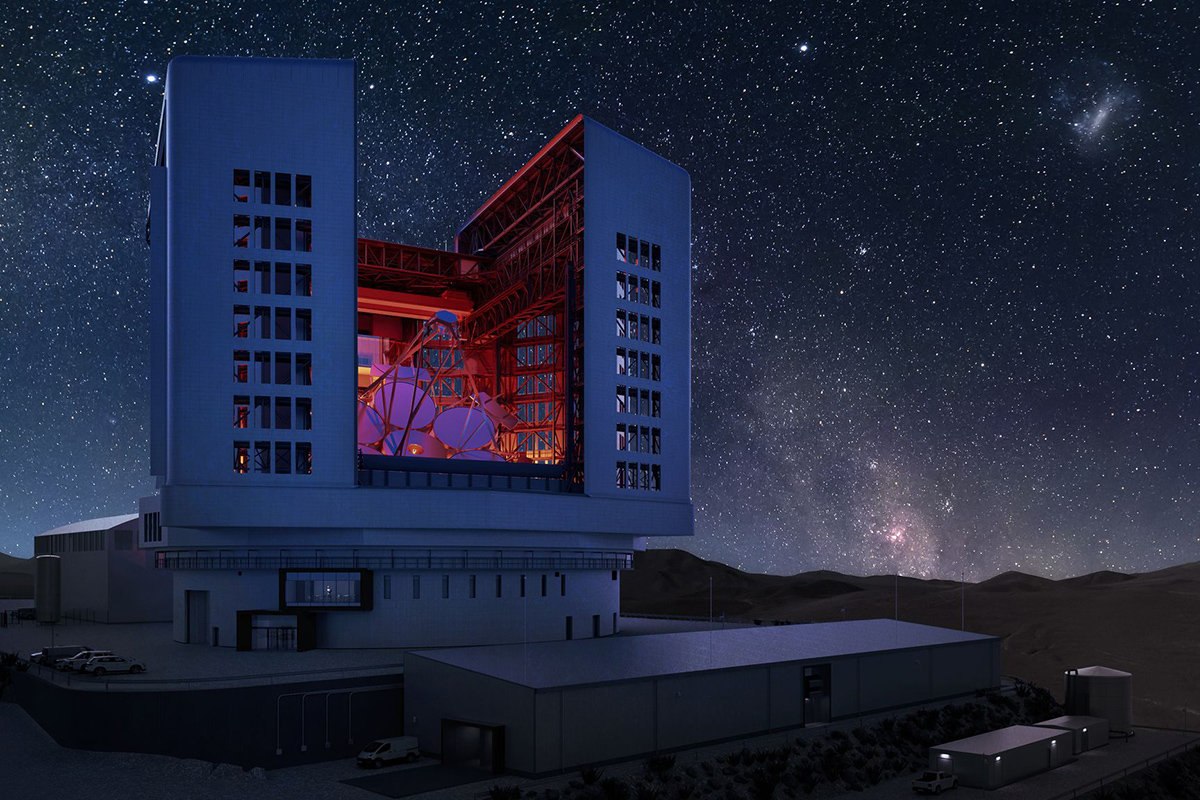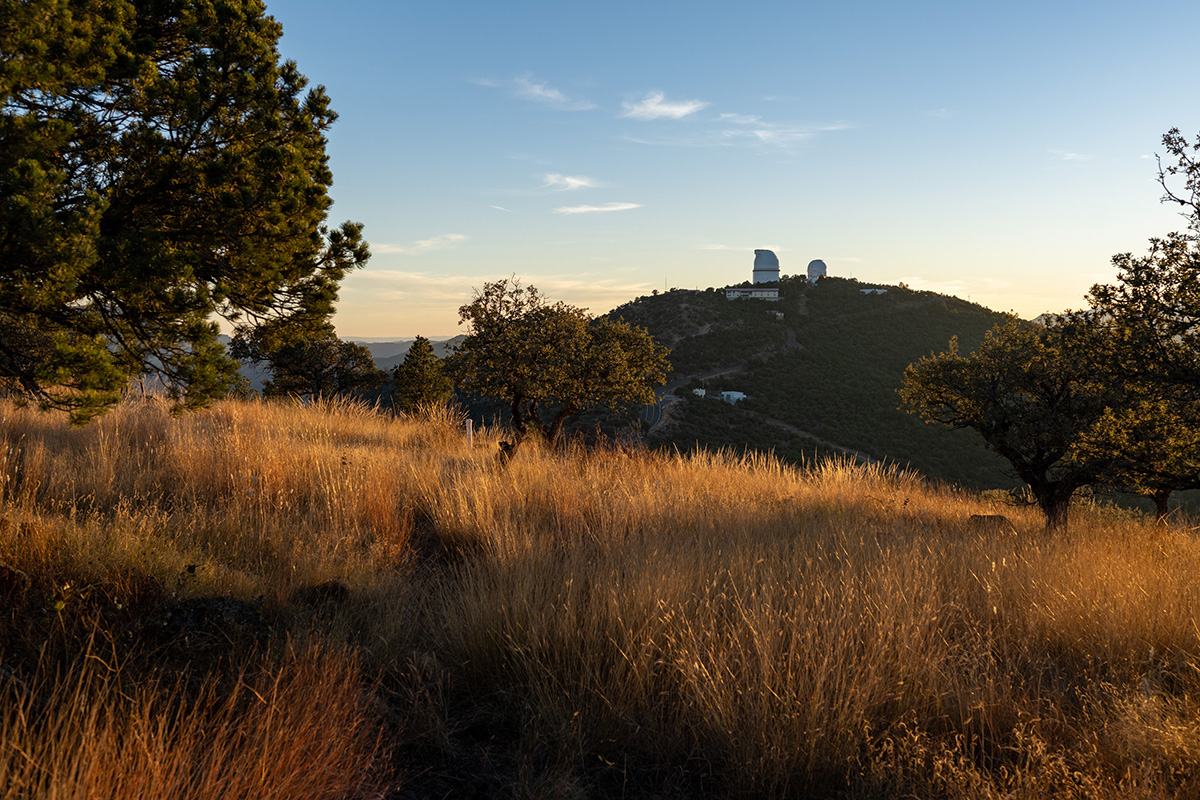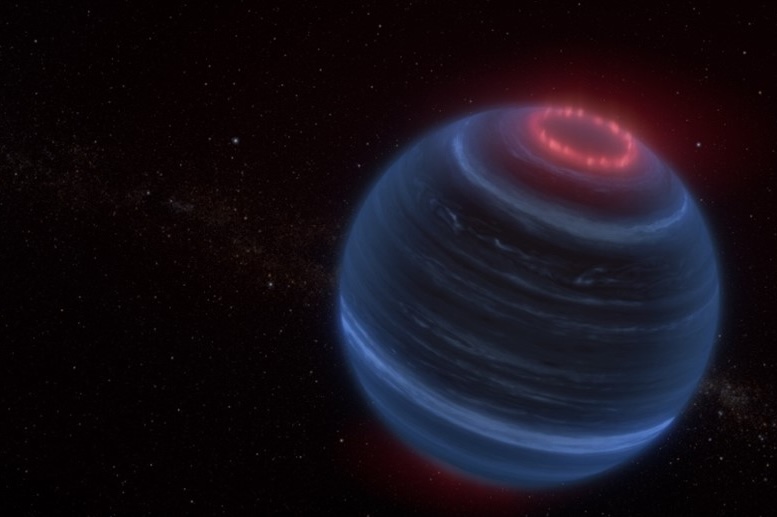News: McDonald Observatory
Read the latest news from the College of Natural Sciences at The University of Texas at Austin
McDonald Observatory Welcomes New Assistant Director for Research Support
B-G Andersson is McDonald Observatory's new assistant director for research support.

UT News
Astronomers Use AI to Find Elusive Stars 'Gobbling Up' Planets
The work reveals what planets outside our solar system are made of.

McDonald Observatory
Astronomers Better Identify the Cygnus Loop’s Distance from Earth
Knowing how far away this supernova remnant is will help answer fundamental questions about what happens when stars explode.

McDonald Observatory
Bass Foundation Gift Strengthens Outreach at McDonald Observatory
Updates to Field Station Network member McDonald Observatory will be in the Frank N. Bash Visitors Center and improve and expand the visitor experience.

McDonald Observatory
Giant Magellan Telescope Enclosure Ready for Construction
When completed in the early 2030s, the 213-foot-tall enclosure will be one of the largest mechanized buildings ever constructed.

Texas Field Station Network Catalyzes Collaborations Across Field Sites
The recently announced largest-ever gift to the college is helping to bring new research synergies.

McDonald Observatory
Galaxies Actively Forming in Early Universe Caught Feeding on Cold Gas
James Webb Space Telescope images reveal three galaxies that may be actively forming when the universe was only 400 to 600 million years old.

McDonald Observatory
Astronomers Uncover Methane Emission on a Cold Brown Dwarf
The research team used the James Webb Space Telescope to make a surprising finding about a cold, distant world.

Is Cosmology in Crisis?
A panel of physicists and astronomers grapple with possible cracks in our modern creation myth, the standard model of cosmology.

NASA Awards Fellowships to Two UT Austin Postdocs
Jed McKinney and Cheng-Han Hsieh will pursue independent research in the formation of galaxies and solar systems.

